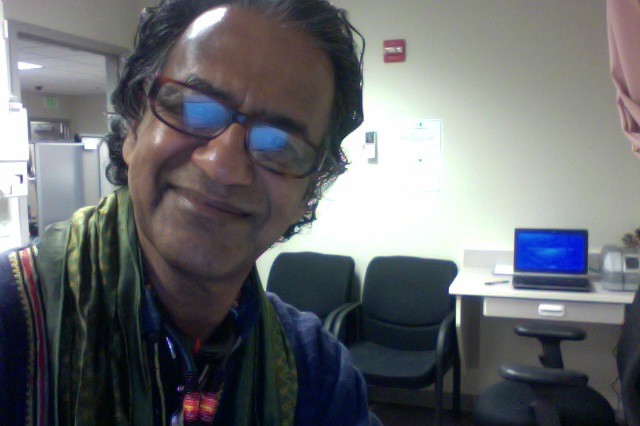Attire for Work, notes from the Indian
Country
I am at work.
I am a Consultant Physician, specializing
in Endocrinology, and work with the Indigenous peoples of this world. Today I
am at the Clinic of the Winnebago Indians who live in this small sliver of a
land in the north-eastern part of Nebraska, USA.
Eugene Delacroix had noted, it is the
relief of pain that you are remembered by, not the pleasures shared. There are
always many to share your pleasures but very few to share your pain.
Perhaps that is why Medicine as a
profession is so attractive, to get to know another human being at another
level than ordinary and then offer to help them and even bring a little relief.
 |
| AT WORK AMONG THE HOCANK INDIANS |
I
took my final examinations at a London Hospital. I appeared looking fresh with
a new hair cut and my new suit from Marks and Spencer. The examiner had a kind
face, and it was Professor Brookes and the case to be discussed was a patient
suffering from Crohn’s Disease, she told me so. I waited for an opportune
moment during the interrogation by Prof. Brookes and piped in, Dr Burrill Crohn
who described the disease practised Medicine at Mt Sinai Hospital in New York
well into his nineties! Professor Brookes was, more than anything surprised,
that someone from Australia knew this, he smiled and congratulated me, and
said: there would be no more questions for you, you have passed.
I remember that buoyant feeling on the
escalator at Holborn Station. I occasionally renact the scene when in London
(the Cuban Embassy is nearby) and still can feel that ebullience. It was a
Thursday in January, cold but with the rare sunshine. Tuesday morning I
reported for duty as an Intern at a teaching hospital in Melbourne, Australia
to begin my pleasant career in Medicine.
I was very often chastised by consultants
for my way of dressing, since I never wore a tie and always had very colourful
shirts and had grown my hair long. On graduation from my Internship, I was
called in to see the superindent of the hospital, a kind matronly lady who
said: Dr, we are satisfied with your performance but I wished you had dressed
more formally. I told her, Dr, if even a single patient had complained that my
attire was not suitable I will come back wearing a tie and a coat..
American Indians do not like uniforms, in
the hospital I see, the men and woman, white and black alike, wearing uniforms
of the armed services (auxillary). It is people in uniform who did us so much
damage, I remember an elder telling me.
So you see me at the Specialty Clinic at an
Indian Tribal Health Centre. I am wearing a tribal jacket, made by the Hmong of
North Vietnam, I have a silk scarf made by the abused women being rehabilitated
at NGO Nyemo in Phnom Penh, Cambodia. I have a silver bangle at least one
hundred years old from Rajasthan, my hair is longish but not as long as it used
to be when the Indians loved to braid them.
In many years of working with the Indians,
not a single Indian has complained about my attire. I am so glad I am not in
Private Practice where I may be forced to wear clothes not of my taste or
discretion.
Remember it is the guys and gals in suits
that brought us into this economic crisis, by relentlessly stealing from the
organization and society!



